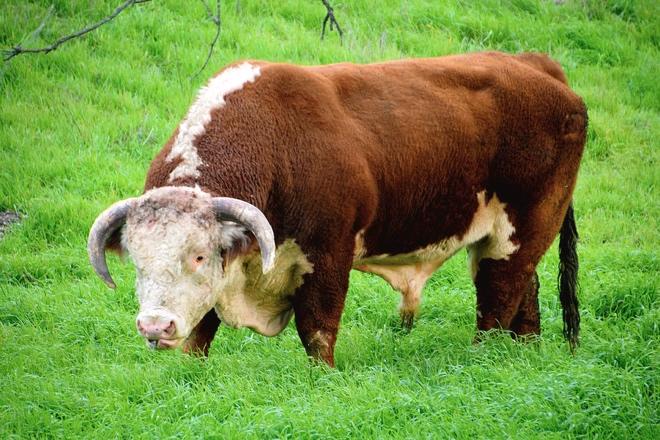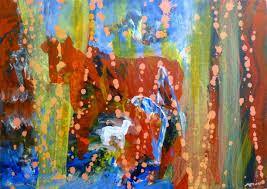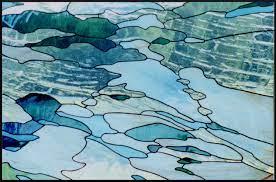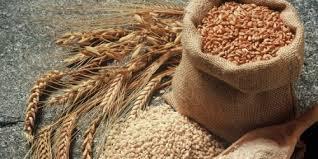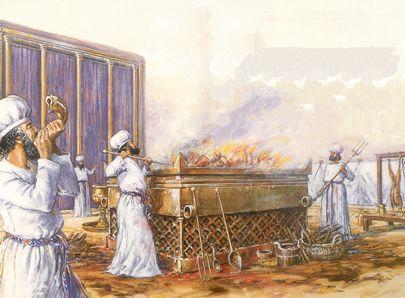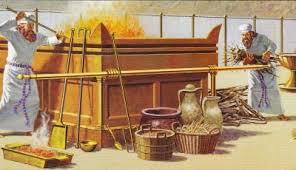Av – The Ordination Ceremony of the Priesthood 8:1 to 10:20
The Ordination Ceremony of the Priesthood
8:1 to 10:20
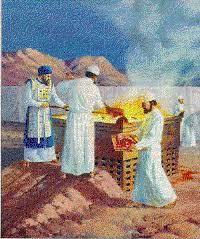
Isra’el was now ready to “come near” to ADONAI in His Tabernacle through the medium of the sacrifices. Only one thing was lacking – a confirmed priesthood to facilitate the sacrificial offerings. One of the most sacred events in connection with Tabernacle service was the ordination of the priests. The rituals of the priestly ordination had already been explained to Moshe at Mount Sinai in Exodus 29:1-37, now he was to carry them out. Moshe would do exactly what the Holy One had taught him. He would confirm both the priests for service and the Tabernacle as that place for that service.91 The ordination of the high priest consisted of nine acts (Leviticus 8:7-9), whereas that of the common priests involved but three. The actual ceremony in the case of Aaron and his sons was performed by Moses (Leviticus 8:1-36). The candidate for ordination was taken to the bronze basin, and his body was washed with water. Following the washing, he was dressed with the sacred garments and ordained with holy oil.
One cannot help but be impressed with the splendor and significance of both the high priest’s garments and his responsibility as mediator between God and man. Aaron serves well as a type of Messiah. His duties and dress all point to the Person and work of Messiah as our High Priest. What the priesthood of Aaron could not do, our Lord is able to do, because He is our perfect High Priest. He is a priest after the order of Melchizedek (Psalm 110:4; Hebrews 5:6, 6:20 and 7:21). Melchizedek beautifully pictures Messiah as a type of high priest (see my commentary on Hebrews, to see link click Bk – The New Priesthood Lasts Forever). Aaron’s priesthood was only the shadow, whereas the Messiah’s priesthood is the reality.92




